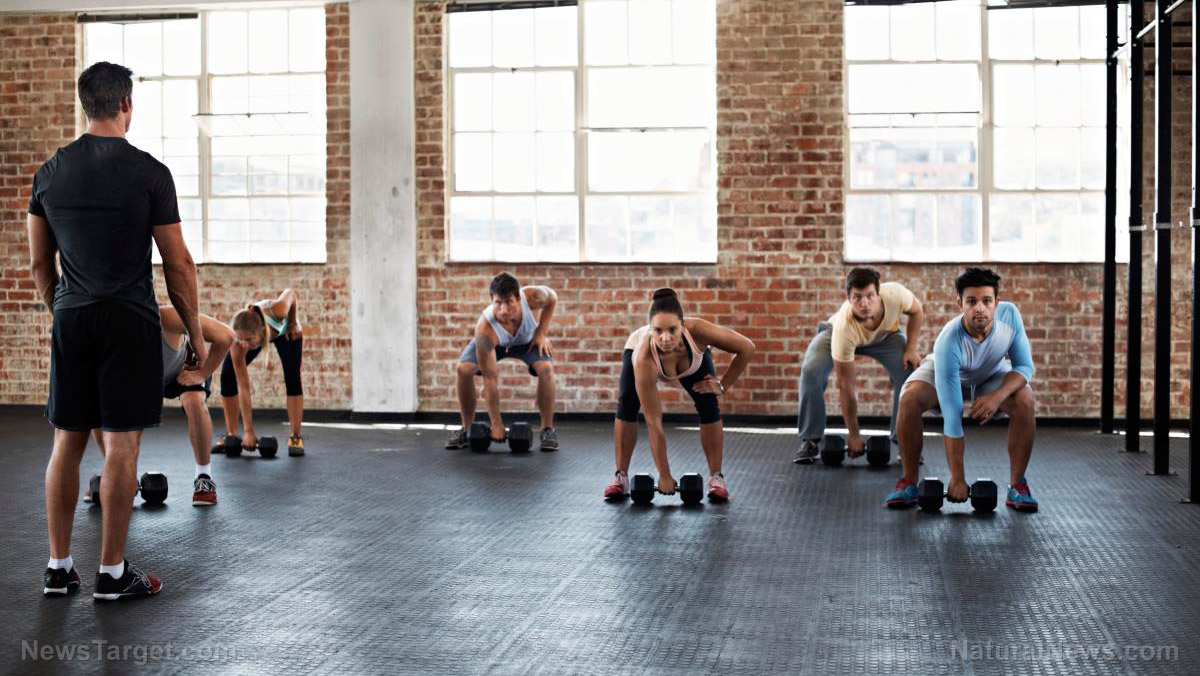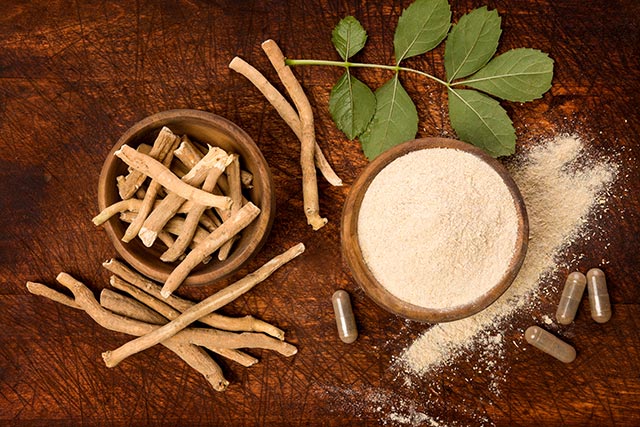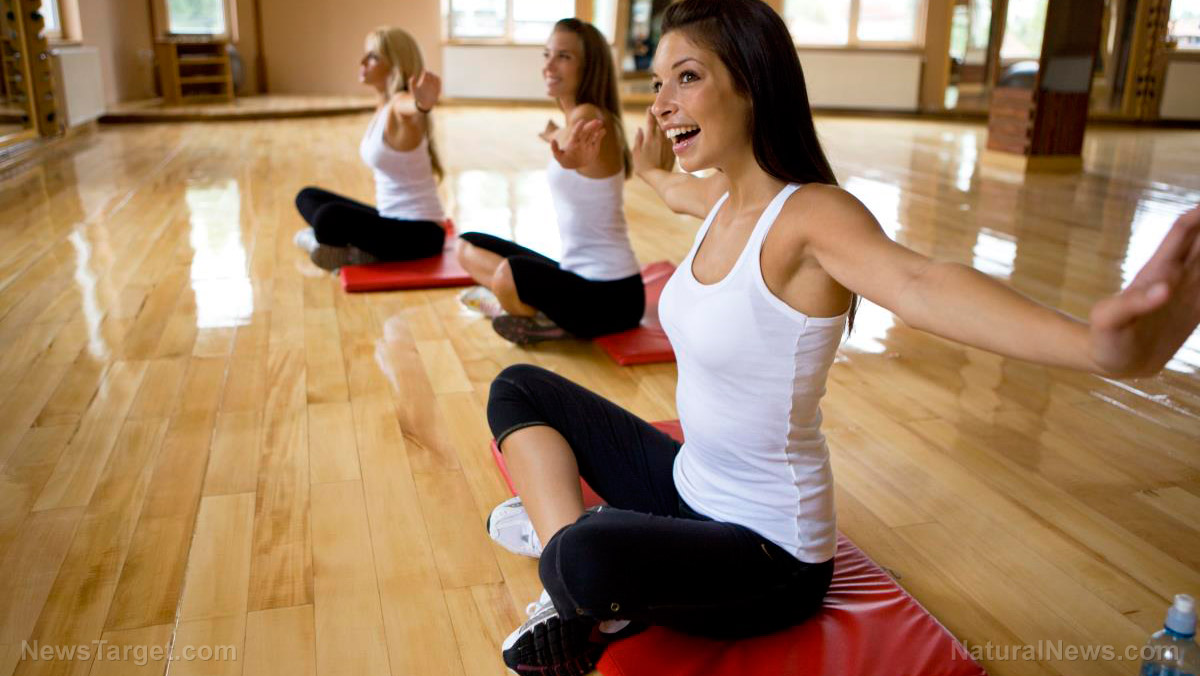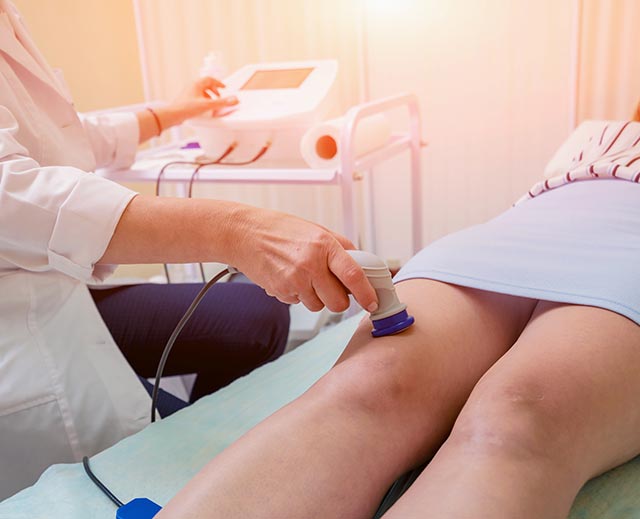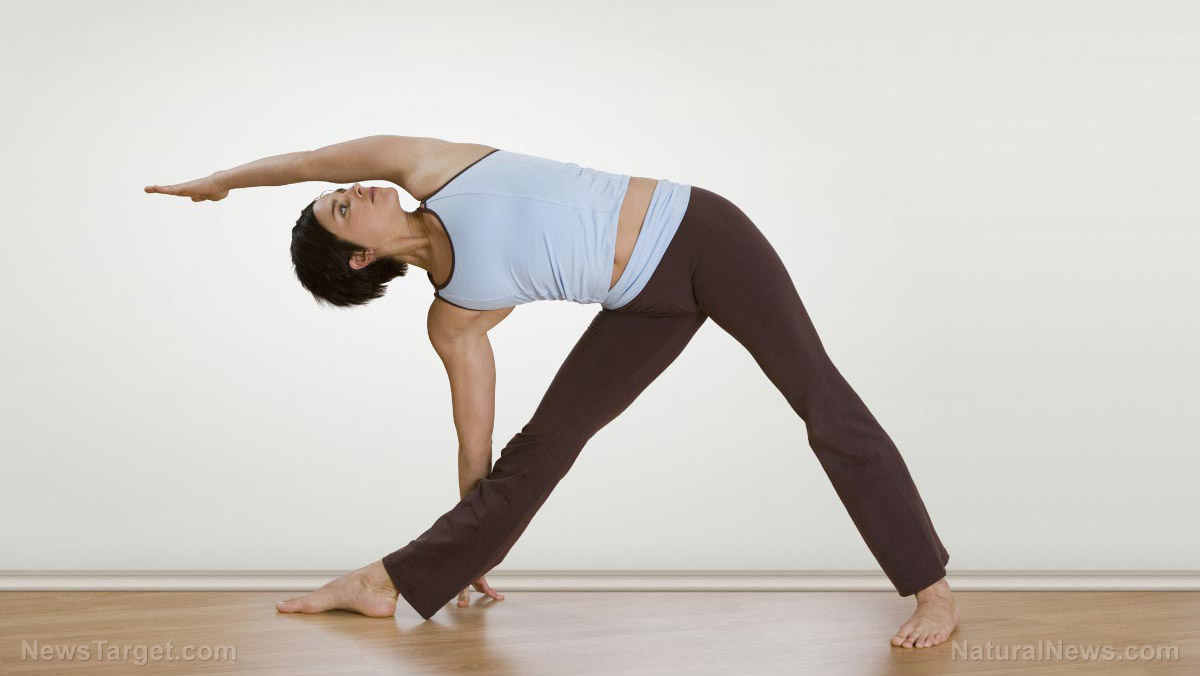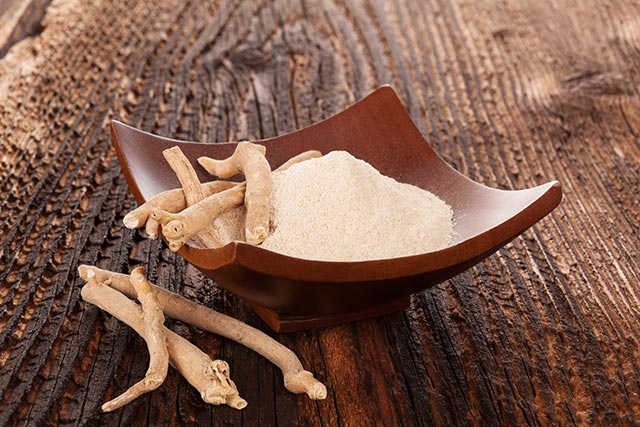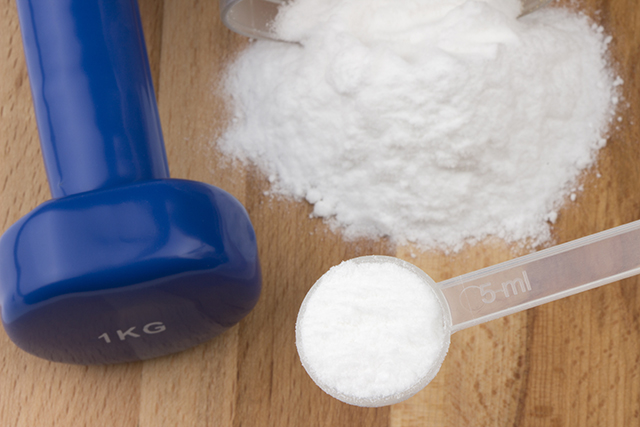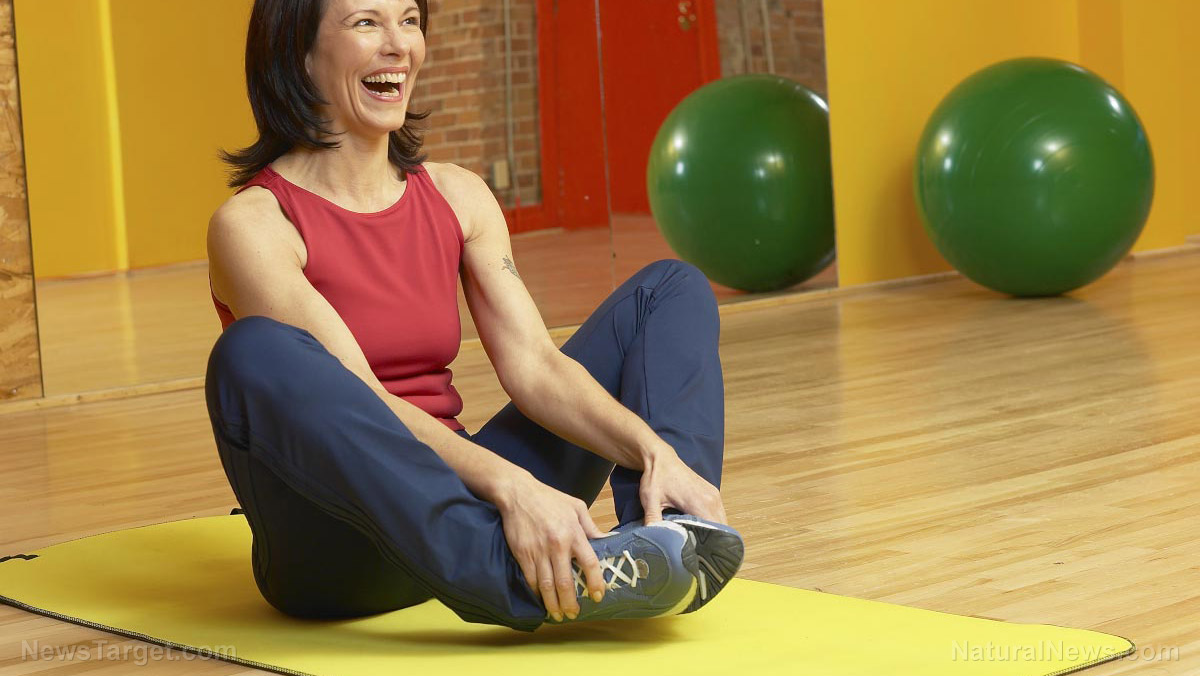How an active lifestyle determines your “structure” for life: Muscle activity determines skeletal health, according to recent research
12/24/2017 / By Ralph Flores
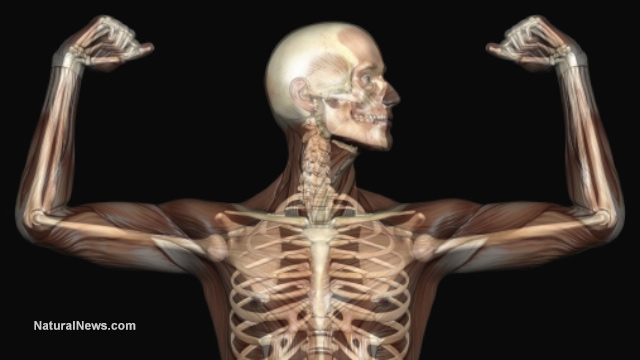
Our bodies are both wonderful and mysterious at the same time – just when we think we already know everything about it, a new discovery comes and blows us out of the water. Scientists at the Weizmann Institute of Science may have done just that, with two studies stating that our muscles play an active part in bone healing and maintenance.
To answer how muscles can do these things, the study examined the concept of proprioception, a sensory system based on the muscle that tells you what parts of your body are doing, even without looking. Proprioception is described as the ability that is created when the brain and the sensory receptors in your muscles create an “overall sense of position and motion of your body.” This is sometimes referred to as the “sixth sense”. This sense is usually overlooked since people rarely experience a loss of perspective of his own body. A good way of understanding proprioception is waking up with a dead limb after sleeping (or sitting) in an awkward position. The few moments that your body seems off because you see your muscle function but your brain can’t adequately respond to it is an excellent way to illustrate the effect of proprioception in a human body.
Unlike other senses, proprioception doesn’t perceive the outside world. Instead, it looks inside us – thanks to two sensors located within the muscle fiber. The first one, the “muscle spindles” react to changes in the length of the muscle. The other organ, the “Golgi tendon organ,” is located where the muscle fibers attach to the tendons. The Golgi tendon is also responsible for providing information about the pull in the muscle, or muscle contractions.
A previous study had already identified that these two organs were directly responsible for the development of the skeletal system; primarily, that these organs helped muscles in aligning broken bones for faster healing. This was determined in earlier studies after studying newborn mice who were able to realign broken bones at a rapid pace, even without treatment. Researchers built on that premise and further examined the genes responsible for proprioception. They found out that if these genes were not present in muscle, bone realignment did not take place.
However, after interpreting the results of the X-ray, the team was able to discover something else: Proprioception was not only responsible for bone realignment, it was also a factor in maintaining proper skeletal alignment. They found this after seeing signs of scoliosis (a condition where the spine curves sideways) in mice lacking proprioception genes. This meant that bone development is determined by the muscular system and not the other way around.
Working out both muscle and bone
While the link between proprioception and skeletal development is being studied continuously, studies have already proven that exercise works to the benefit of both muscle and bone. Moreover, an active lifestyle is sure to stave off muscle cell deterioration with old age, which will also spell trouble for the bones as well. Exercise affects the muscle immediately – proteins are broken down and synthesized directly after a workout. In addition to this, essential amino acids are circulated after exercise. Exercises, if done correctly, do not pose any risk for bone fracture, and can help train it to withstand the load that it is subjected to. (Related: Increase Your Health with the Benefits of Balance Training.)
To learn more about developing proprioception to aid your body, go to Naturopathy.news today.
Sources include:
Tagged Under: bone health, bone structure, exercise, fitness, golgi tendon, mind body, muscle, muscle spindles, Proprioception, skeletal structure

